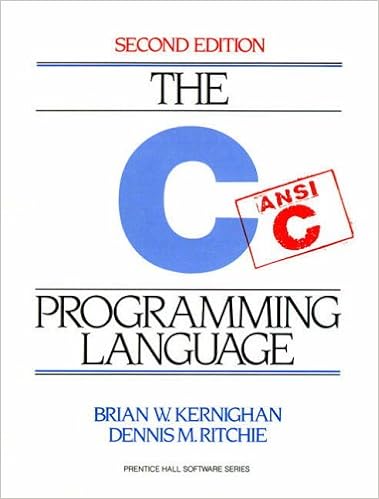I think you are confusing memory size and memory bandwidth

A fast SSD saves on RAM space up until your streaming gets so fast it can feed the GPU for the next frame. Right now there are huge pools of data inside the RAM just in case, because if you need a piece of data, you won't have it available even if you only need it in 20 frames, the HDD isn't fast enough. So basically everything around you is in memory (at least most of it, engines that try to stream some of this stuff with fewer data in memory are the ones that you see blurry texture that pop back in after a few seconds). With an SSD, developers can just keep whatever you see, no need to buffer the whole world around you and as you turn the camera or get closer to an object, the new data can stream into memory. This can work very well if you stream data fast enough, even if all you can do is stream 10 frames forwards. Once you get to 1 frame forward, which means you basically keep nothing "just in case" but feed the memory with the next frame data, you've saved all the data you can and the SSD doesn't save data in memory anymore.
So if a game streams data 8 frames forwards on XSX, it can probably stream ~4 frames forward on PS5 and it will save memory because you are holding less data in memory at a given time (you are holding 4 frames worth of data instead of 8). But when you get to the lowest unit, a single frame, you can't save data using fast streaming. So it's really game by game basis.
Memory bandwidth is something completely different. The SSD uses it, it doesn't help it. So the 488GB/s the PS5 has is being used at the same time by the GPU, CPU, SSD, and Tempest Engine. So the SSD doesn't help memory bandwidth, actually, the faster it is, the more memory bandwidth it uses.
Two things:
1) What I've said regarding "loading isn't just data", it has nothing to do with the slide you've brought. This slide describes how you can get rid of bottlenecks in order to feed the memory with data quickly, but you still have a lot of CPU work during loading that has nothing to do with streaming data. That's why just because your data flows at x100 faster, don't expect x100 faster loading. If you are expecting PS4 games that take 45 seconds to load, to load on PS5 in 0.45 seconds, forget about it.
2) XSX actually has all of these steps too, except for the coherency engine (or at least we don't know about a coherency engine just yet).
If I would have to guess, then third party games will load less than x2 faster on PS5 because its' IO is x2 faster but loading also needs a lot of CPU work and the CPU is the same.
I've said that everything but the SSD could be a bottleneck, not that the SSD is a bottleneck. If I had to guess the PS5's bottleneck, that will be by far the 448GB/s memory bandwidth.
Animations will benefit greatly from the new CPU too, think things like Euphoria that RDR2 uses that deforms and changes animation according to outside forces or ML based animations or more advanced IK. The new CPU will open a whole new world of animations and physics.
In theory, the SSD can allow you infinite detail because as you move closer to something, it can stream in real-time a more and more detailed model of that thing while on PS4 you would have to keep all the levels of detail of that thing in memory. Mesh Shaders (that's how it's called in DX12, Turing, and RDNA2 but Sony calls it "Geometry engine" on PS5) will also allow adding an insane amount of polygons as you get closer to an object. Things like hair need raw processing power, so the SSD doesn't really help there. But you can expect amazing hair next generation, just like the new hair strands tech DICE is using in their next-generation iteration of Frostbite:
On the basic PS4 they can do 15K short hair strands in just 2.3ms (and 10K long hair strands in 9.2ms) in 900p so I'm sure we are going to see that on a 10TF-12TF systems. But just to be fair, the image above is 70K+ strands each

Imagine a character creator that literally lets you cut your hair the way you want with a pair of virtual "scissors".




